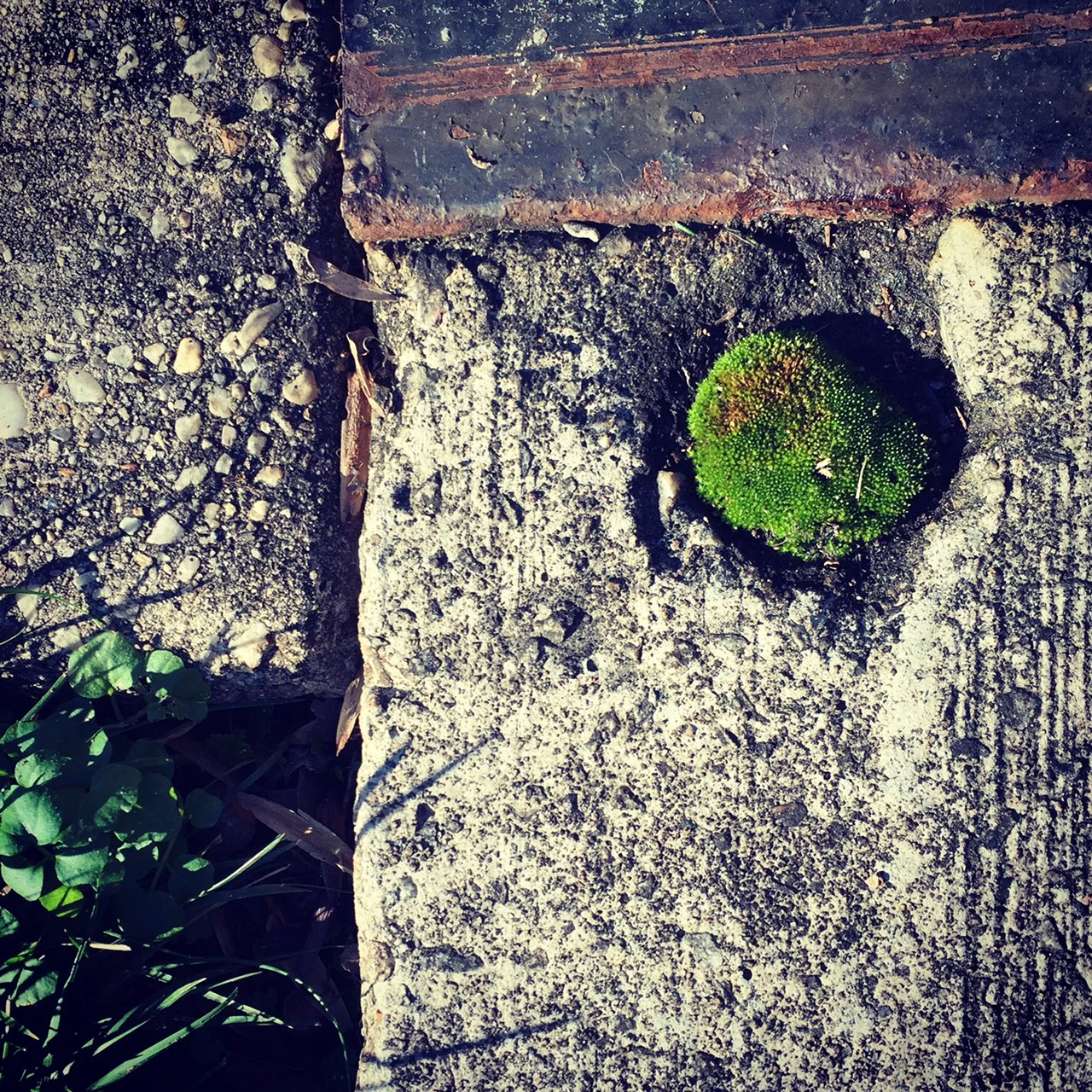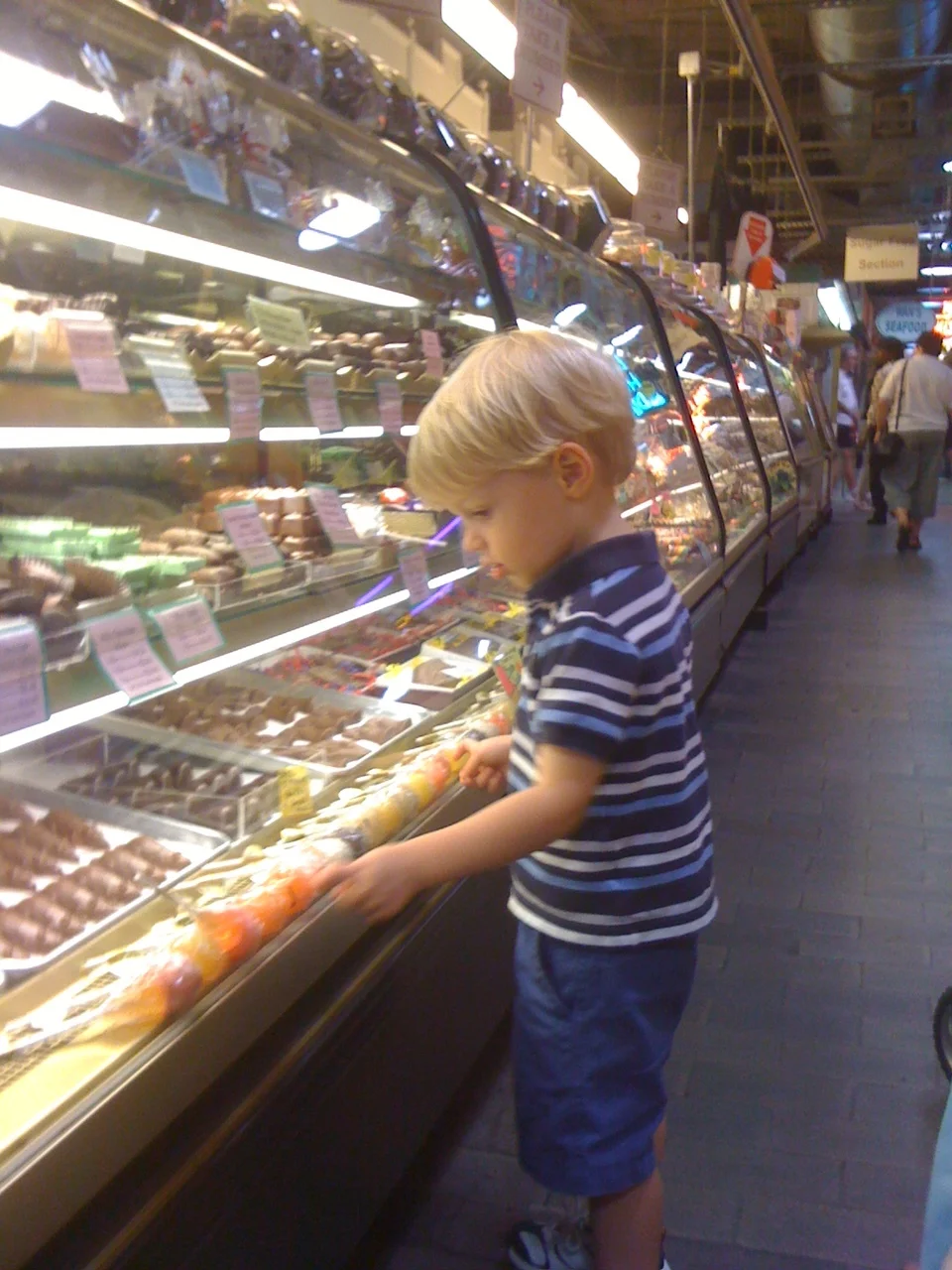Edible Memories Day 11: Food and Tradition
/With the exception of infrequent holidays spent with my father’s family in Georgia, we celebrated Thanksgiving and Christmas with my mother’s family in Louisiana. The meals were always exactly the same: roast turkey and gravy, green bean bundles (wrap canned green beans in strips of bacon; fasten with a toothpick; bake in the green bean juice; serve), rice dressing and cornbread dressing (sauté the celery-onion-bell pepper trinity, add to it browned beef and then either rice or crumbled cornbread), seriously stanky garlic bread, cranberry sauce, and pecan, pumpkin, apple and blackberry pies.
For some reason, I never liked Thanksgiving but always adored Christmas, feelings which persist to this very day. That the meal was the same on both holidays didn’t matter oddly enough. On one occasion, it made me sleepy and blah, and on another, it made me sleepy but also happy.
In any case, the shining culinary stars were the blackberry and pecan pies and Nanny’s cranberry sauce. That sauce, a sweet reduction of cranberries, mayhaw juice, diced apple, chopped lemon and a good deal of sugar, was and remains, the crown jewel in our vault of food traditions.
One afternoon in my early twenties, Nanny taught me to make her cranberry sauce. It was a wonderful chance to spend time together but I also wonder if we both knew that if her cranberry sauce were to continue being an integral part of our holiday celebrations, someone needed to learn to make it, and I was likely that person.
Into her giant soup pot set over high heat went: the contents of one bag of Ocean Spray cranberries; two cups of mayhaw juice –purchased at the annual Mayhaw Festival in Starks, LA; the mayhaw is a state tree of Louisiana and produces pinky-red berries that, when pressed, produce a gorgeous pink juice; one apple that’d been cored and diced; and one de-seeded and minced lemon.
Once the berries started popping open, we added a lot of sugar and a packet of powdery Sure Jell, returned the whole mess to a boil and cooked it until the sauce sheeted, rather than rained, off the back of a wooden spoon. Rain drops meant the sauce wasn’t yet thick enough: not enough juice had boiled off to allow the sugar concentration to reach a set point. Sheeting ensured that point had been reached.
We’d ladle the thick magenta into sterilized mason jars, apply the lids and screw the bands finger-tight. While most people would recommend waterbath processing the filled jars, Nanny never did, and still we heard the happy pings as each lid vacuumed down, sealing the jars and rendering them safe to store in the pantry.
For the past four or five years, I’ve taught canning in and around the DC area. Several times, during my fall classes, I’ve taught Nanny’s cranberry sauce. I’ve also taught friends out of my home kitchen and frequently sell jars of it as others have adopted it as their own. Early last month, at a class in Virginia, two women, repeat attendees, told me it’s the only cranberry sauce they serve on their holiday tables now.
It’s hard to describe how this makes me feel, this sense that Nanny and her love and our traditions are spreading far and wide. Essentially, it is a feeling of joy.
As I’ve made the sauce over the years since Nanny became too old to do so, the recipe has evolved very subtly into my own. I’ve omitted the Sure Jell because cranberries have enough natural pectin to render the synthetic stuff unnecessary, and I can detect a slightly metallic taste when powdered pectin is used.
I’ve also had to find a substitute for the mayhaw juice which is unavailable here and awfully expensive to have Fed Exed in. Whole Foods’ unfiltered apple juice works beautifully. Apple cider, with its added spices, does not.
On occasion, I add a sprinkle or two of cinnamon. That depends on my mood.
I always waterbath can mine because while I’m not a worrier or germaphobe, why welcome the possibility of botulism or other toxins?
The thing about traditions and recipes is that the most loved ones do evolve. They’re carried in different hands, throughout different places and across different tongues. Ingredients are hard to find and so people find alternatives. Trends and equipment come and go, and with them methodology.
But the hearts of the matter remain steadfast. Nanny’s sauce is always on my Thanksgiving and Christmas tables, no matter where or with whom I celebrate. I’ll make and share it for as many years as I can, and I will hope that when the time comes, someone else with take the reins and maintain this sublime tradition for a generation more.






